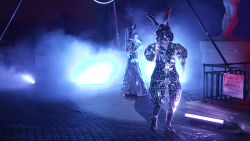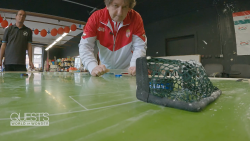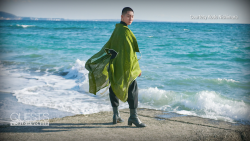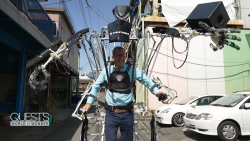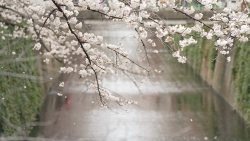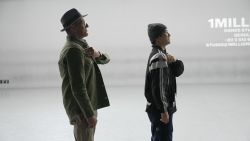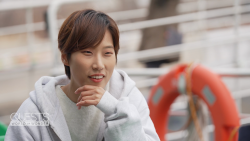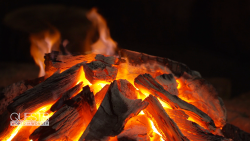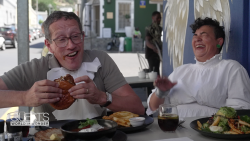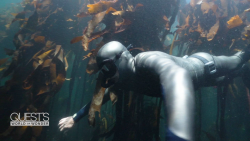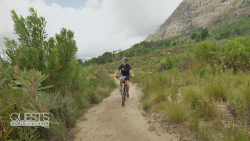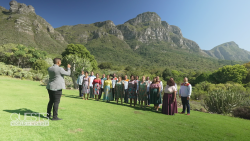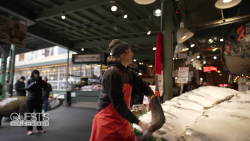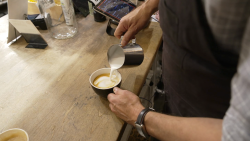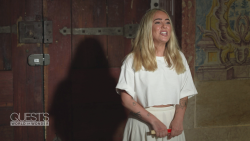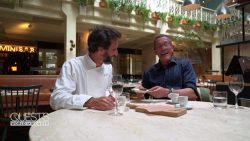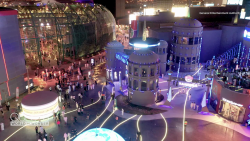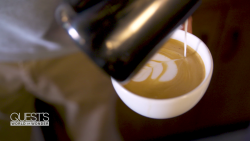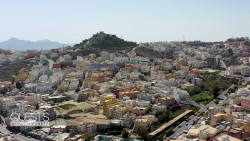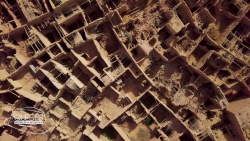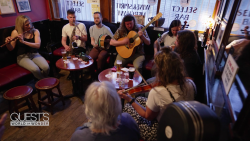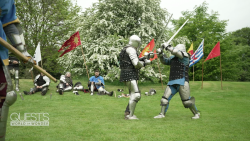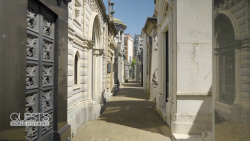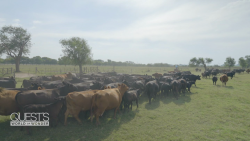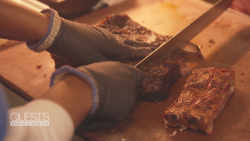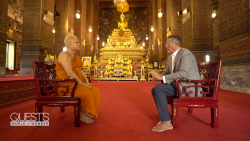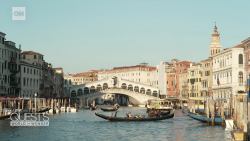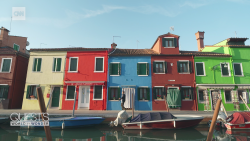When it snows, the flakes come at you like shards of ice. There’s a biting wind that freezes your ears off. Daylight lasts only a few hours.
And no one talks much.
Helsinki in the middle of winter sounds like a place to avoid at all costs. A dark, brooding city that shivers under piles of snow.
Maybe it was once, but not any more. Somehow, against the icy odds, Finland has established itself as one of the happiest nations on Earth and, appropriately given the chilling grip of its winters, Helsinki is now unequivocally one of the planet’s coolest cities.
So how do the Finns do it? How do they survive such punishing conditions and still emerge smiling?
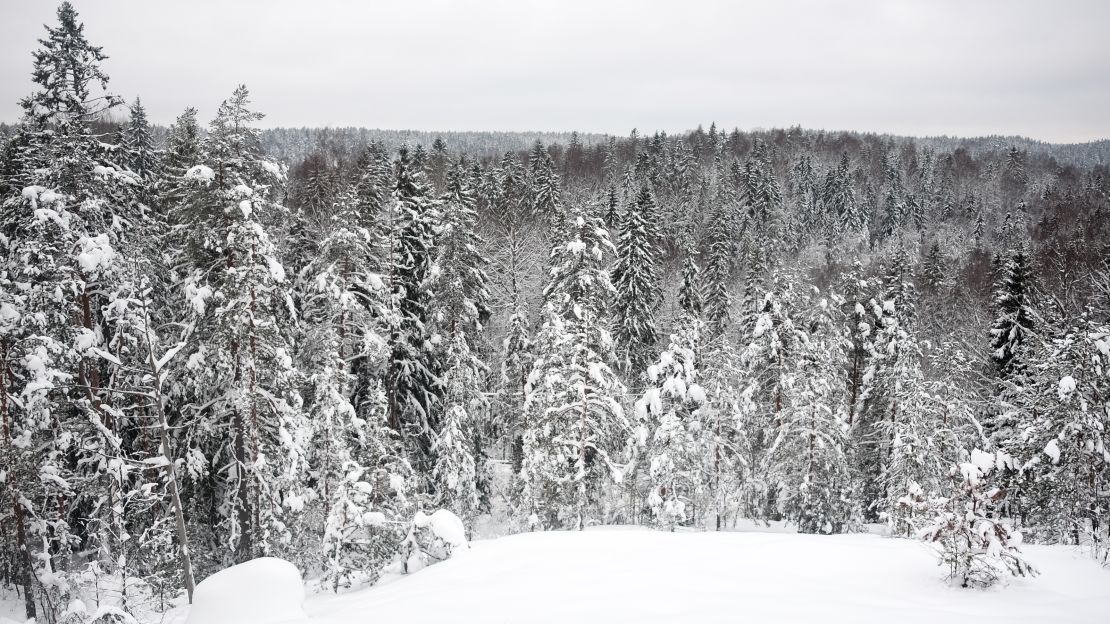
First travel stop to find the answer to this is the Nuuksio National Park, a beautiful stretch of snowbound pine forest about 30 miles northwest of Helsinki that’s home to reindeer, a Frisbee golf course and acres and acres of something Finnish people treasure.
Silence.
“Finnish people are quiet,” says comedian Krisse Salminen, who has gained celebrity in Finland by behaving almost in the exact opposite way to most of her compatriots.
No small talk
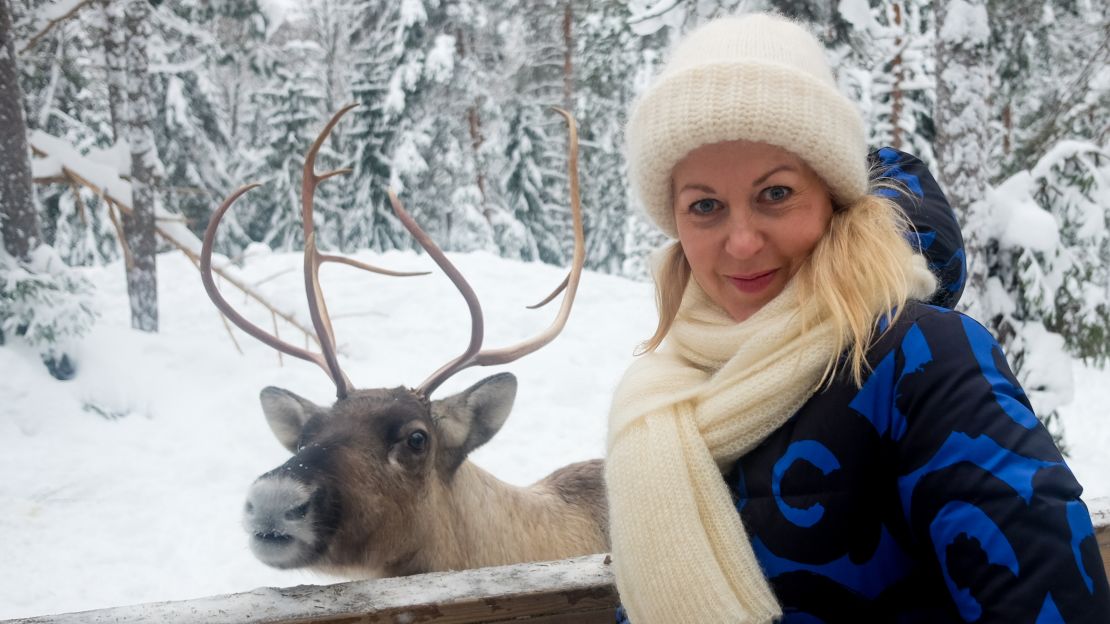
After a brief snowshoe expedition around the Nuuksio, Salimen tries to explain the Finnish character while grilling traditional makkara sausages over a fire built inside a kota – a yurtlike tent used by the nomadic Samis who inhabit the Arctic region of Lapland.
As Salminen explains, it’s perfectly acceptable for Finnish friends or family to meet up for drinks or meals and barely exchange a word.
“If you are with relatives, you can sit on a table and nobody says anything,” she says. “It’s not weird. We just eat and then somebody says, ‘Mmmhmm,’ and then we eat some more.
“We don’t have small talk you know like in America,” she adds. “We talk deeply or we just don’t talk.”
Which is not to say that Finns have no sense of humor, hence the thriving comedy circuit that has seen Salminen to rise to fame.
She’s even made an appearance on Finland’s most talked about TV event – a bafflingly popular annual two-hour broadcast on the country’s national day which mostly consists of the president shaking hands with a line of VIPs before everyone goes off to dance.
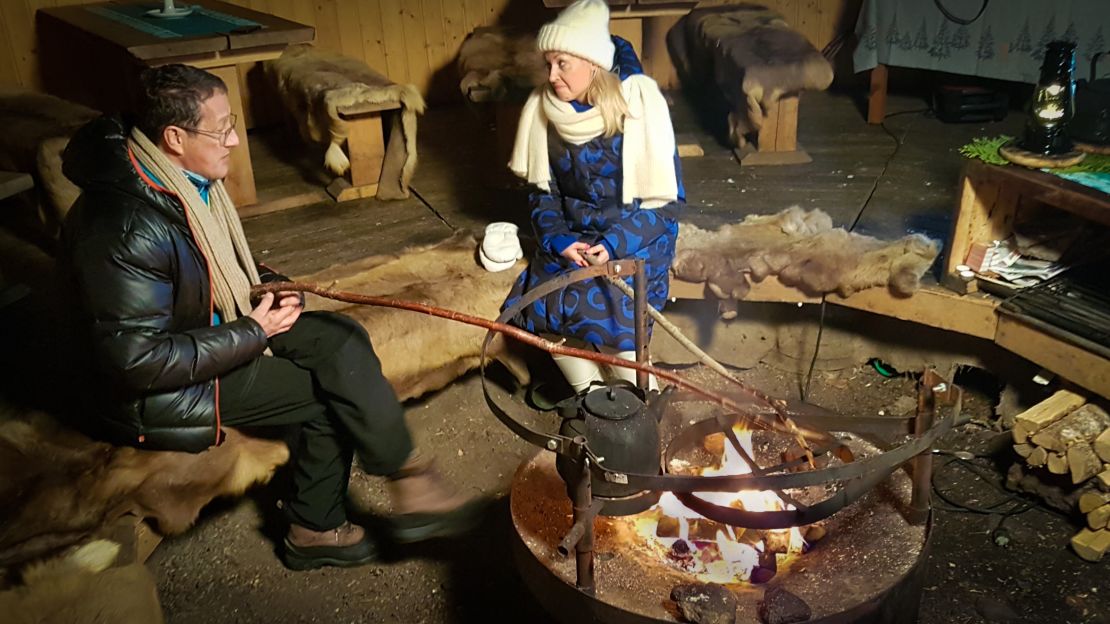
But if no one’s talking, how do Finns manage basic social activities like dating?
“Tinder!” jokes Salminen.
Outside of the Internet dating scene, Finnish people nevertheless manage an impressive amount of socializing. In bad weather which would have most people hunkering down at home for warmth, they’re heading for runs, swims, dances, saunas, skating and even legal graffiti art.
Music too. For all the pleasure Finns take in being quiet, there’s equal enthusiasm for cranking the volume up to ear-shredding extremes and letting loose.
Today, heavy metal is one of the country’s greatest musical exports – which seems like a bit a musical leap from the days when composer Jean Sibelius’s classical compositions soundtracked Finland’s early 20th-century independence from Russia.
Nordic melancholy
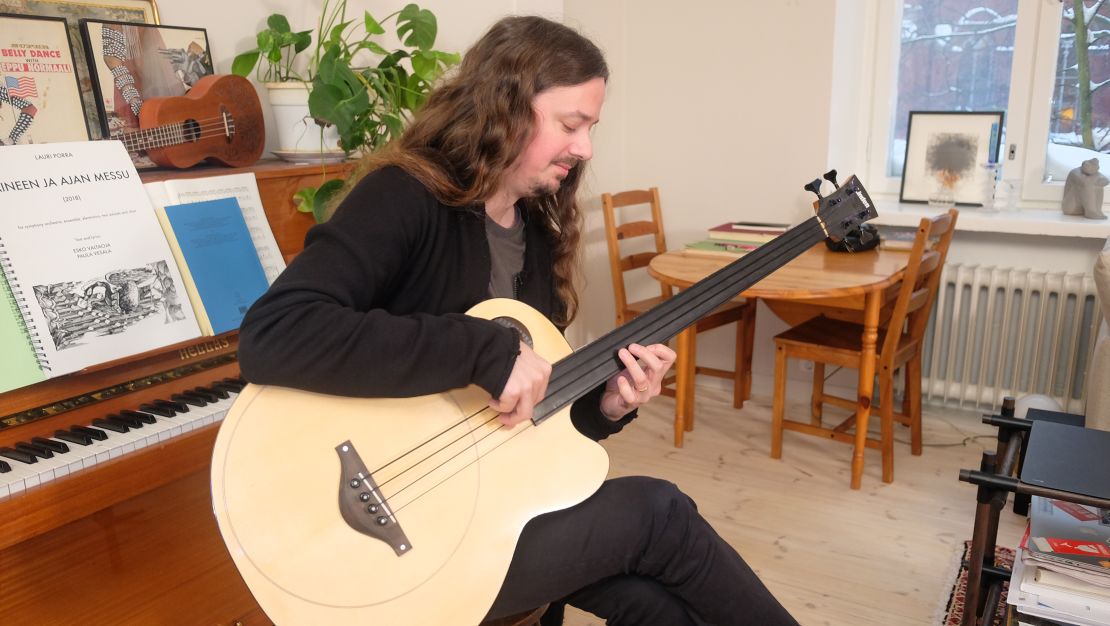
Maybe not, says Sibelius’s great-grandson, musician and composer Lauri Porra.
Porra, who plays bass guitar in his own heavy metal band Stratovarius, says that while Sibelius’s music was inspired by the nature and loneliness of Finnish forests, it shares an affinity with the country’s contemporary hard rock.
“I think there is a connection,” he says, explaining that it lies at the heart of Finnish national characteristics.
“The sun goes down very early, and the winters are bleak,” he says. “And then in the summer we fall in love and the sun never sets. And I guess everybody knows a little bit about this Nordic melancholy, and sort of the way Finnish people express emotions.”
Finland’s particular affinity with heavy metal music, according to Esa Lilja, a professor of music at the University of Helsinki who specializes in rock and roll at the darker end of the spectrum, is also partly down to a liberal government willing to invest in young headbangers.
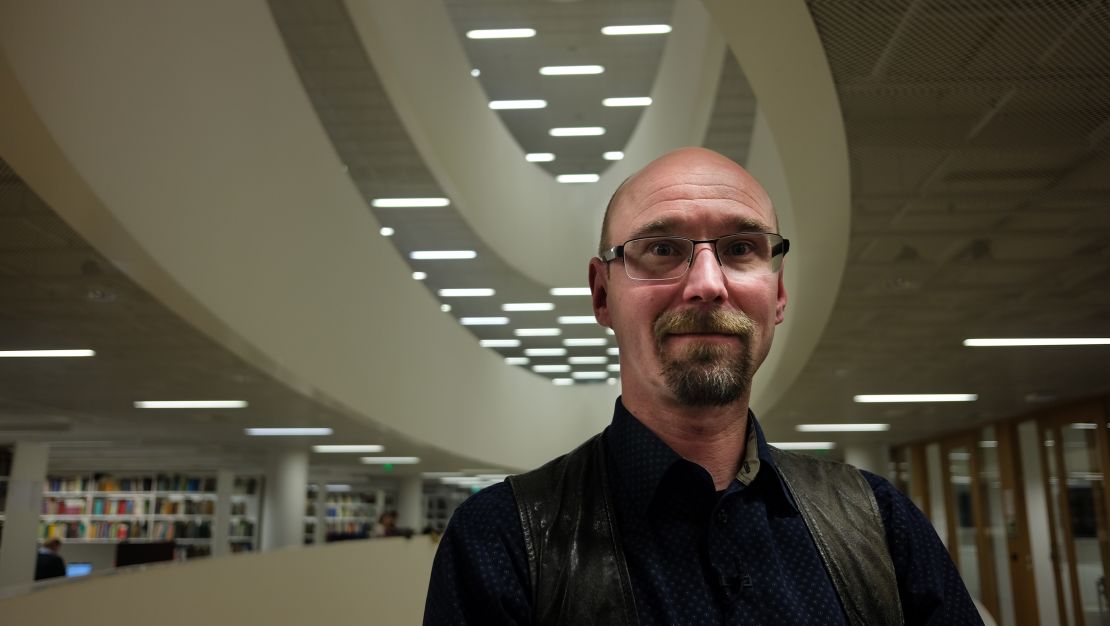
He says an education system established in the 1960s and ’70s provides access for anyone in Finland to musical training regardless of their economic or social background.
“And most of these guys now playing in famous heavy metal bands went to these music schools,” he says.
This level of support for the arts has also helped Helsinki gain a reputation as a hub of creativity, with a design district that, with cool shops and galleries, is on its own a major draw for international visitors.
Lilja’s less sold on the idea that the music reflects a particular Finnish temperament.
A land apart
“It’s a bit like a myth that Finnish musicians or Finnish people in general, like to think that we are a strange country and strange people living in the woods who are sort of sad and not expressive,” he says.
“Partially, it’s true. We are strange people living in the woods on the edge of the world, yes. And nobody speaks our language.”
Even if it’s not your scene, it’s worth checking out Finland’s metal music output at one of numerous gigs or events in or around Helsinki.
Despite its name, the Helsinki Must Be Destroyed festival held at the small Elmun Baari venue in a disused wharfside in the city’s Nosturi district, has a friendly vibe, filled with denim-clad fans of the main act, Norwegian “deathpunk” band Turbonecro.
First up is local band Nuclear Omnicide, who set the tone with shredding guitars, long-haired headbanging and sweaty, guttural vocals.
In the audience is Ida-Katharina Kiljander, who teaches heavy metal singing techniques in Oulu, about 370 miles north of Helsinki. For her, the music is an expression of the emotions that many Finns otherwise feel uncomfortable sharing.
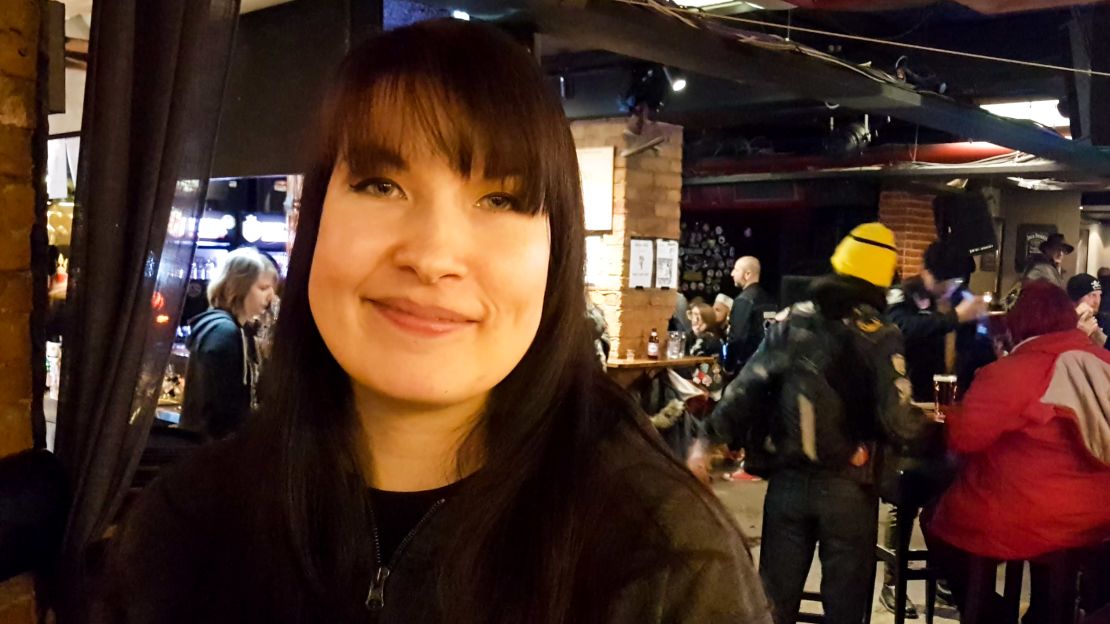
“They had so much energy,” Kiljander says after the performance. “I would say it’s very typical, you can hear this almost every weekend in Helsinki.”
That primal release of energy is perhaps only matched in Finland by those indulging in another extreme and equally bracing activity – ice swimming.
Part of the popular sauna ritual for many locals, this involves exiting from the steamy heat indoors to jump into freezing water.
At the chic Löyly sauna on Helsinki’s waterfront, owned by “BlacKkKlansman” actor Jasper Pääkkönen, that means plunging into a hole cut in the iced-over Baltic Sea before racing back inside to warm up again.
Grit and perseverance
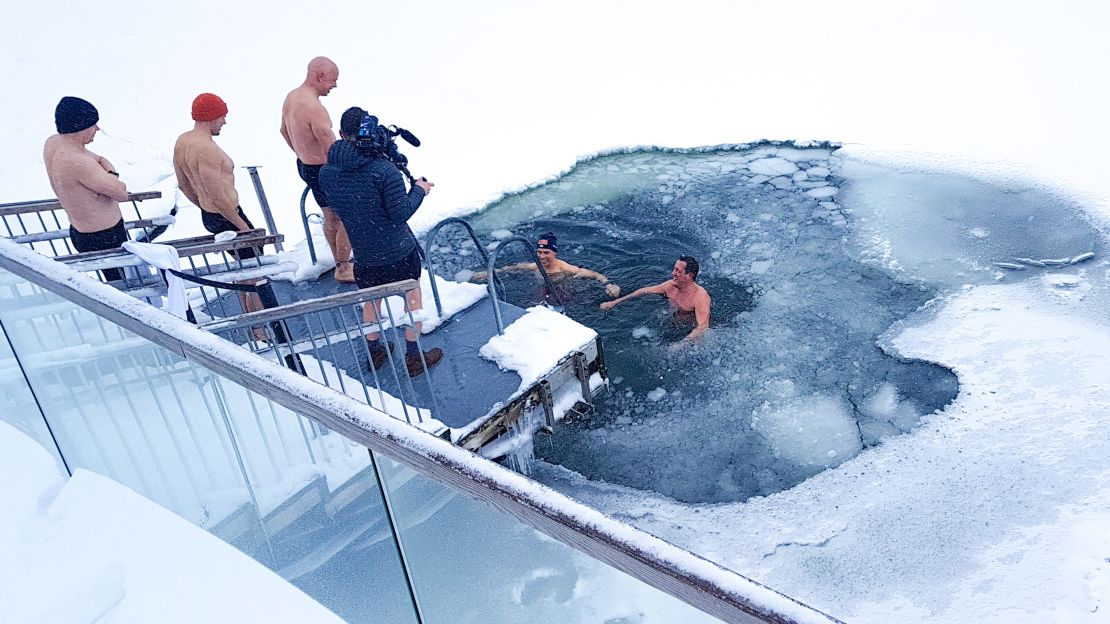
“It gets the blood flowing,” says Alexander Stubb, a former Finnish prime minister, while enjoying a sauna with friends after a jog through the snowbound Helsinki streets. “It’s tradition as well. We’re doing it for centuries and we feel very much that sauna, that [it’s] a Finnish invention. [It’s] actually a Finnish word, the only Finnish international word that we have.”
Though essentially relaxing, sauna in Finland is governed by certain rigid protocols. Participants should preferably be naked. Men and women typically use separate facilities, although it’s not uncommon for families to sit together. There are no sexual connotations.
While ice swimming isn’t as common as sauna, it does reflect a trait proudly displayed by many Finns – a fortitude in the face of adversities such as surviving dark winter months or, in the centuries before declaring independence in 1917, being ruled by Sweden then Russia.
They even have a word for this stoicism: sisu.
“It’s grit and perseverance and you grind it and stick to it,” says Stubb. “It’s part of our national psyche and history.”
While not everyone expresses sisu in the same way, that connection with nature, the silent Finnish forests, wilderness and fresh, cold air is crucial – as are a few more typically nocturnal activities.
“Some of us hibernate, others do sports and then, I think, a lot of children are made over the wintertime … and a lot of drinking as well,” Stubb laughs. “It’s a combo. I think you have to be outdoors a lot.
“That makes you survive.”


